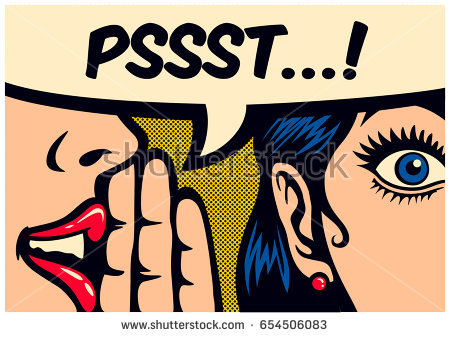Is the impact of Art in a work place underestimated?
 Splashes of the rainbow in a painting can change the atmosphere of a meeting room, or a bit of fantastic artwork can offer a talking point in a flat corporate space. But can art have a direct effect on employee productivity or well-being?
Splashes of the rainbow in a painting can change the atmosphere of a meeting room, or a bit of fantastic artwork can offer a talking point in a flat corporate space. But can art have a direct effect on employee productivity or well-being?
Research by Exeter University’s School of Psychology found that workers apart from being happier and fitter, they are 32 per cent more productive as they have control over the design and layout of the workspace. The research involved almost 2,000 office employees in a series of studies looking at approaches to and productivity inside working space. However, it had been two additional studies, one at Exeter University and another in commercial offices that saw participants take on a set of jobs in a workspace that was bare and functional, decorated with plants and artworks, allowing the person to design the area ) or where the person’s layout was redesigned with a”supervisor”. This study found that individuals working in spaces that were enhanced (decorated with plants or art ) were 17 per cent more effective than those in thin areas.
The idea that art in the workplace is merely cosmetic was eliminated in a poll of over 800 employees working for 32 companies across the U.S. that have office art collections. The survey, conducted by the International Association for Professional Art Advisors and, Business Committee for the Arts, drew responses from companies which ranged from different businesses like food vendors to law firms.
A study at Cass Business School explored the perceptions of workers towards art in the workplace and its impact on themselves, the customers or company image. Both men (64%) and female (73%) employees agreed to the fact that the design of the workplace has an impact on their daily working day. Interestingly, male respondents not only rated artwork (39 percent ) as among the most crucial elements of interior layout of the office in contrast to other components such as plants (39 percent ) or a lounge area (35%), but they also give art a greater significance within an interior design element compared to female respondents. Only 17% of girls named art as a critical part of interior design.
However, the effects of art on the individual worker regarding work ethic/motivation, creativity, stress-level and standard well-being appears to be greater on women than on men. While 80 per cent of the male respondents agreed that art has a slight effect on their work ethic/motivation; all the female respondents agreed that it has some impact on them. Specifically, 54 per cent of women confessed that art has a moderate to large effect on their creativity in the workplace (47% of men) and 80 per cent of the girls agreed that art in the workplace could decrease their stress-levels (66% of the men). Additionally, 92% of the women said that art affects their overall well-being, compared to 71 per cent of the men.
